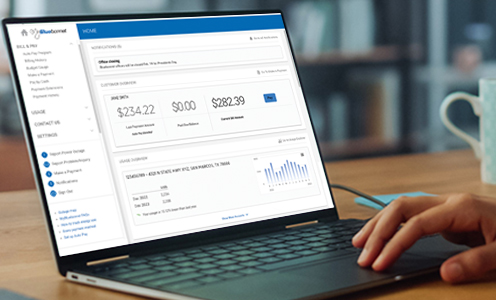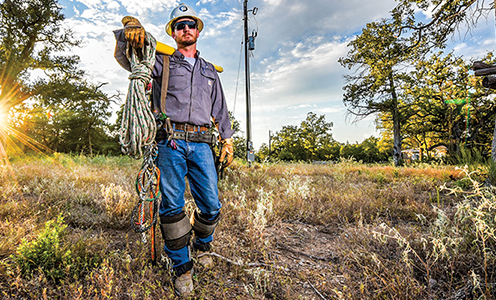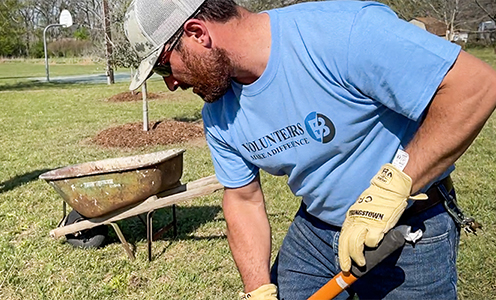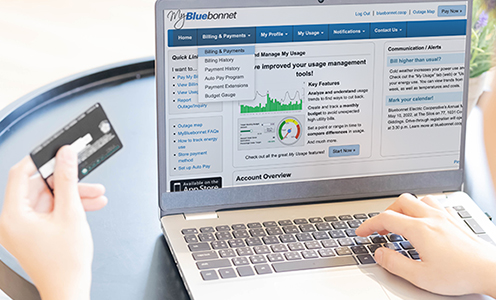Are you prepared for a hurricane?
Atlantic storm season runs from June 1 - November 30. Here's our guide to being prepared for storms and outages.
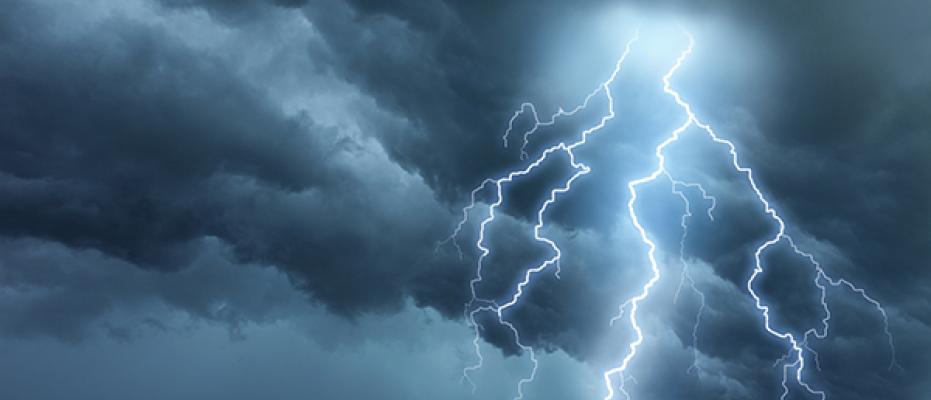
GET TEXT ALERTS TO STAY INFORMED ABOUT OUTAGES
REPORT AN OUTAGE
5 steps for creating a family plan
Planning ahead can save lives and homes, and offer peace of mind.
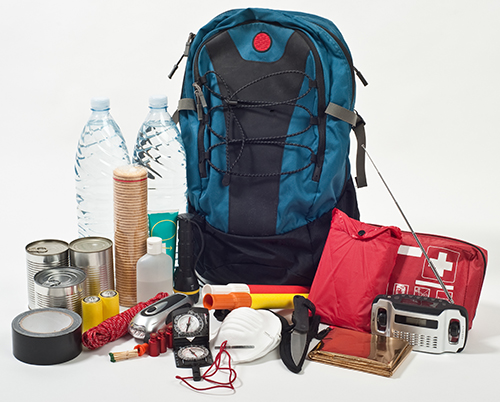 1. Put together an emergency supply kit. FEMA offers a list here.
1. Put together an emergency supply kit. FEMA offers a list here.
2. Discuss escape routes from each room of the house as well as from your neighborhood.
3. Make sure all family members know how to get in touch with one another even if phone service is disrupted, such as meeting at a designated place or reporting in with emergency responders.
4. Create a checklist of what to do before you leave, such as boarding or shuttering windows, trimming tree branches that could hit your home, turning off electricity at the circuit breaker or fuse box, and turning off gas at the meter or tank.
5. Plan what to do with pets and livestock.
Remember: Evacuate if ordered to do so. Call 211 if you are not sure of the evacuation boundaries and shelter locations.
Sources: Texas.gov; Texas Extension Disaster Education Network (EDEN)
Tips for staying safe during hurricanes
The Bluebonnet region is within an area prone to thunderstorms and other severe weather conditions, such as hurricanes, tornadoes and flash floods. When you know the risks and what actions to take, you can better protect your family and property.
- Identify in advance safe travel routes and official shelters.
- Fill your vehicle's gas tank and keep it as full as possible.
- If you are in the hurricane zone, cover all windows and doors with permanent storm windows or plywood. (Tape does not prevent windows from breaking.)
- Install a generator for emergencies, but never use it indoors — even with a fan — because deadly levels of odorless carbon monoxide can build up and linger.
- If you evacuate, turn off gas, electricity and water.
- Fill bathtub and other large containers with water for sanitary purposes such as flushing toilets.
- Turn off propane tanks.
- Unplug small appliances.
- Adjust refrigerator and freezer to coldest temperature.
- Find alternate ways, such as ice chests, to keep food cold.
- Beware of downed power lines as they may be energized. Report downed lines to Bluebonnet or 911.
- Check for gas leaks around your home.
- Avoid drinking or cooking with tap water until you know it is not contaminated.
Food safety tips during power outages
The U.S. Department of Agriculture (USDA) advises you to:
- Keep appliance thermometers in both the refrigerator and the freezer. Safe temperatures are 40° F or lower in the refrigerator and 0° F or lower in the freezer.
- If the power is out, keep the refrigerator and freezer doors closed. Without electricity, a refrigerator will keep food safely cold for about four hours with the door closed. A full freezer will hold its temperature for about 48 hours (but only 24 hours if it is half full).
- Turn your refrigerator to the coldest setting before the storm arrives.
- Discard any perishable food (meat, poultry, seafood, eggs) that has been above 40° F for two hours or more. Never taste a food to decide if it’s safe. Do not eat food if it does not smell right, is discolored, has a change in texture or feels warm to the touch.
- Food in the freezer that is partially or completely thawed may be safely refrozen if it still has ice crystals or is at 40° F or lower.
- Think ahead and freeze refrigerated items such as milk, fresh meat and poultry to keep them cold longer.
- Freeze water in 1-quart plastic storage bags or small containers before a storm. They are small enough to fit around the food in your refrigerator and freezer.
- Know where you can get dry ice or block ice. Use that to keep the refrigerator cold. Fifty pounds of dry ice will keep a fully stocked 18-cubic-foot freezer cold for two days.
Stay informed
During major storms and outages, Bluebonnet provides regular updates via Facebook and X/Twitter. To view current outages, go to our Outage Map.
Register for emergency alerts
Registering with Warn Central Texas allows emergency personnel in your local community to directly contact you by phone, text or email during a disaster or public safety event, including such weather emergencies as tornados, floods or severe thunderstorms.
Register your cell phone number and e-mail address to get alerts sent to your mobile devices. Go to warncentraltexas.org to register now.
A similar service is available to Washington County residents through that county’s Office of Emergency Management at co.washington.tx.us.
Burleson County also offers alerts.
Additional Resources
- Texas Prepares: Be informed, make a plan, build a kit
- Ahead of the weather: Tips to prepare for hurricane season
- Texas Hurricane Center: Steps to take now
- American Red Cross: Disaster preparation, disaster relief and recovery services
- Ready.gov: Hurricane readiness and resources
- National Weather Service
- The Weather Channel | Safety and Preparedness
- Texas Disaster Preparedness: Track disasters and stay informed
- FEMA
- Electrical Safety Foundation International: Disaster safety
- Havoc of Harvey: Members hit with floods, high winds, power outages
- National Hurricane Center
- National Oceanic and Atmospheric Administration Hurricanes page
